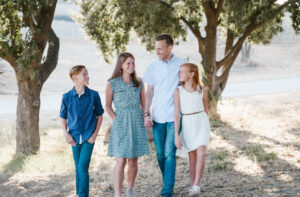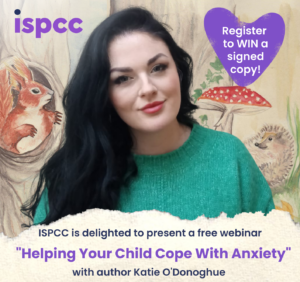
Autism spectrum disorder (ASD) refers to a developmental disability that involves communication, social interaction and behavioural difficulties.
The terminology has recently changed, so ASD now includes the previous diagnoses of Autistic Disorder, Asperger’s Disorder and Pervasive Developmental Disorder-Not Otherwise Specified (PDD-NOS). Children with an ASD diagnosis show difficulties in two main areas:
– Social communication and social interaction
– Restricted interests and/or repetitive behaviours
How common are autism spectrum disorders?
The most recent estimates indicate 1% of the population in Ireland have a diagnosis of ASD, which is in line with that of similar research in the UK. Boys are diagnosed about 4 times more frequently than girls.
How did my child go so long without a diagnosis?
- Individuals with ASD are diagnosed at all ages, even in adulthood. Sometimes parents notice difficulties with their child’s development but are told that their child “will grow out of it” or that it is “just a phase.”
- In other instances, a child will receive multiple diagnoses that focus on individual symptoms before receiving a diagnosis of ASD that encompasses all aspects of the child’s behaviours.
- Common initial diagnoses include sensory integration disorder, developmental delay, speech-language disorder, attention deficit-hyperactivity disorder (ADHD), and obsessive compulsive disorder (OCD).
- Although children with ASD are sometimes not diagnosed until they reach school-age and even adolescence, symptoms may have been present early in a child’s development.
- Often, one of the first signs of developmental difficulties is delayed language or a loss of language.
- Parents often report concerns that their child had a difficult time starting pre-school and playing cooperatively with other children, as well as managing the transitions between activities at school.
- Behaviour and attention problems in pre-school are commonly recalled, as are difficulties with fine motor skills, such as colouring inside the lines and using scissors. Toilet training may have also been difficult.
- Looking back, parents may recall that their child did not play like other children. Their child may have used toys or objects in a repetitive way without imagination or pretend play.
What causes autism?
- Scientists don’t know exactly what causes autism at this time.
- Much evidence supports the idea that genetic factors — that is, genes, their function and their interactions — are one of the main underlying causes of ASDs.
- Researchers aren’t looking for just one gene. Current evidence suggests that as many as 10 or more genes on different chromosomes may be involved in autism, to different degrees.
- The new definition of autism as a spectrum disorder means that even people with mild symptoms can be classified as having an ASD
Is there a cure for autism?
- To date, there is no cure for autism, but sometimes, children and teens with ASDs make so much progress that they no longer show the full syndrome of autism when they are older.
Signs and Symptoms
The range of ASD symptoms is broad.
- Within the language and communication area, some individuals are nonverbal, some speak in single words or short phrases, while others have excellent verbal skills.
- Children’s and teens’ socialization styles may differ as well. Some children and teens have limited social interest and tend to spend much of their time alone, while others are interested in being social but have difficulty doing so successfully.
- Children and teens can also have a wide range of interests and repetitive behaviours. Some children/teens have interests in unusual items, such as elevators or street signs, or collecting unusual objects like pencil erasers.
- Children and teens may have interests that are unusual in their intensity and that may or may not be age appropriate. For example, a child or teen may know detailed facts about a particular topic or may be interested in only one toy that is played with exclusively and/or repetitively.
- Children and teens may also do repetitive movements with their hands (e.g., hand flapping) or complex mannerisms with their entire body (i.e., jumping while flapping).
- Difficulties with transitions or changes in routine and unusual responses to sensory experiences are common in children and teens with ASD.
Does my child need medication?
- No pill can “cure” autism. Rather, medications for children with ASD target specific symptoms, such as aggression, attention difficulties, obsessive-compulsive behaviours, anxiety, or depression.
- Not all children with ASD need medication.
- However, many children have benefited from the use of medications to manage behavioural and psychological difficulties. Finding a professional with whom you can talk about the benefits and risks of medication for your child will be helpful.
Click here to read more about how to cope with an ASD diagnosis in the family.


